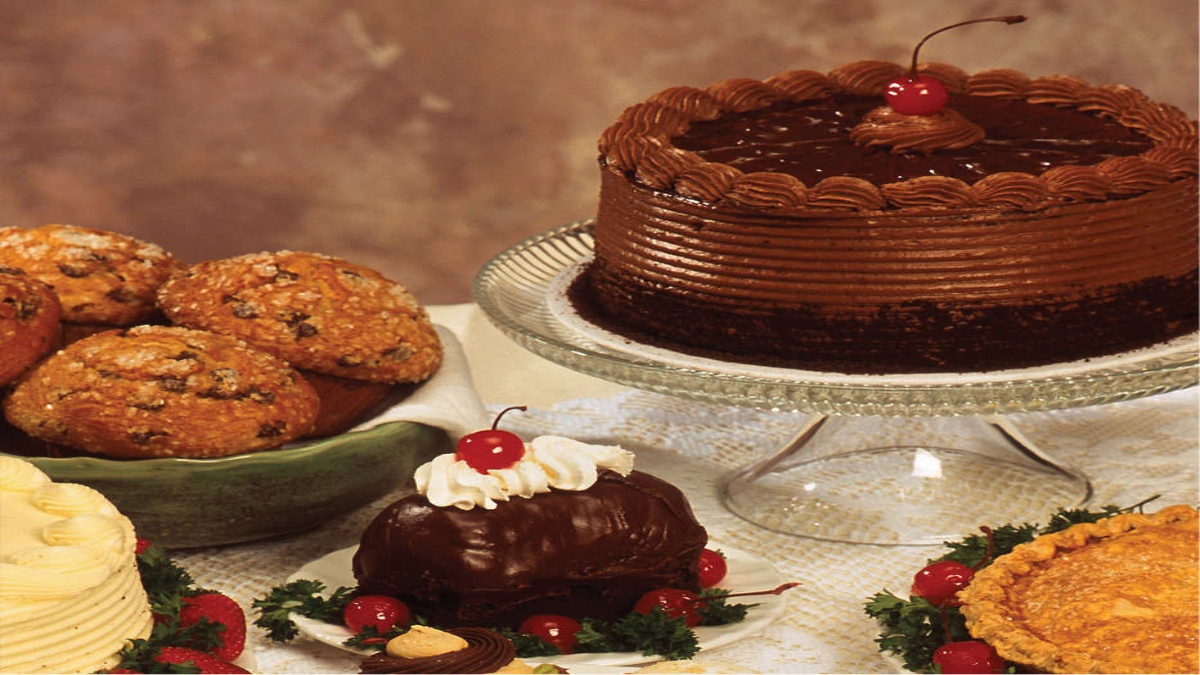


It’s holiday season here in Manali and like all other parts of the world, families are celebrating and getting merry around the ageless component of festivity: Desserts. At my boutique resort, we have yielded to popular demand and increased our dessert spread by multifolds. I have personally taken up the task of baking the day’s desserts and lay out an assortment of treats that are hard to miss at the end of our long dinner buffet counter. Apple pies, double chocolate pastries, berry cupcakes, steamed puddings and Christmas cakes only form the beginning of my long baking list. The proud owner of a massive sweet tooth myself, I would have been equally indulgent towards desserts had I been on the other side of the counter, but this season’s heavy deputation of pastry duties upon my shoulders has led me to rethink the lesser-known pandemic that we’re alarmingly complacent about: Our inherited and socio-culturally cultivated addiction of sugar.
But the unsuspecting reader might wonder-what’s the big deal about the naturally occuring derivatives of sugarcane and date palm? A simplified response would be that it isn’t the sweet element as much as it’s the volumes of it that we permit into our system day in and day out. Contrary to the World Health Organization’s (WHO) recommendation of reducing our sugar intake to under 5% of our total caloric intake, Indians have long exceeded their European, Chinese and American counterparts with a gargantuan per capita sugar intake of 27 million metric tonnes. In other words, the average Indian consumes approximately 62 gm of sugar per day, which is more than double of WHO’s recommended daily intake of 25 gm per day. Excess sugar consumption unfurls a host of lifestyle diseases beyond tooth decay. In fact, it plays a major cause in the occurrence of insulin resistance leading to type II diabetes, obesity, polycystic ovarian syndrome (PCOS), chronic acne, endometriosis, depression, sleep disorders and even increases the risk of cancer and heart disease. A common factor that links these health problems with sugar is that excessive sugar inhibits our immune system’s natural response to bacteria and other disease-inducing pathogens. In fact, American scientists have over time described this phenomenon as being equivalent to putting our white blood cells in a temporary coma.
This case in point is likely to be easily dismissed by the average sugar binger, who notices no immediate after effect of excessive sugar consumption. I mean, what harm does an extra gulab jamun or jalebi do, right? Besides, ‘a piece of cake’ wasn’t just phrased for no reason. This entire sensibility of mine changed after I experimented with a no added sugar protocol for forty days.
I initially craved sugar and replaced it with stevia in my tea, milk shakes and halwas. However, I found that even this plant-based sugar replacement only went so far in curbing my cravings for sweet. The only way to overcome them was to endure them and in just a matter of a few days, I felt my energy levels go up. I felt perkier, my digestive system ran smoother than ever before and I definitely slept better. There were multiple added bonuses of living a sugar-free lifestyle. I shed a few extra pounds and my skin grew more radiant. My appetite restored to steadier patterns and I didn’t feel energy crashes that were earlier caused by a sharp spike and drop in blood sugar levels. Understandably so, my linear description sounds as banal as they come. But here’s the most interesting part. What happened at the end of my forty day-long sugar-free hermitage ?
I had promised myself an unrestrained sugar binge once those forty days ended. And the day was finally here! My list of what I would indulge my dormant sweet tooth rapidly changed as per my whims and fancies. When I finally got down to it, all my prior planning went down the drain. I casually picked up a bar of milk chocolate and gorged on it. After carelessly chewing it, gulping it down felt sickeningly sweet. And this was only my first bite. Earlier on, I could eat multiple chocolate bars to feel satiated, and now, it felt strange and almost foreign.
The emotional comfort that one derives from sugary foods and drinks is our psychological tendency to rely on those substances to deflect stress, derive comfort or both. However, the short term relief that we derive begins to become more elusive. Then, the vicious circle of habitual consumption in larger amounts eventually spells as a chronic lifestyle disease. In modern times, sugar is claiming more lives than gunpowder once did. If that doesn’t speak to us as a civilisation, I don’t know what will.